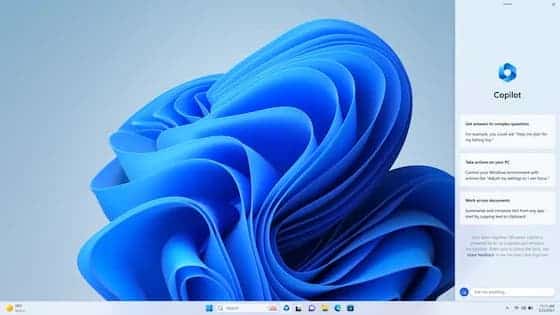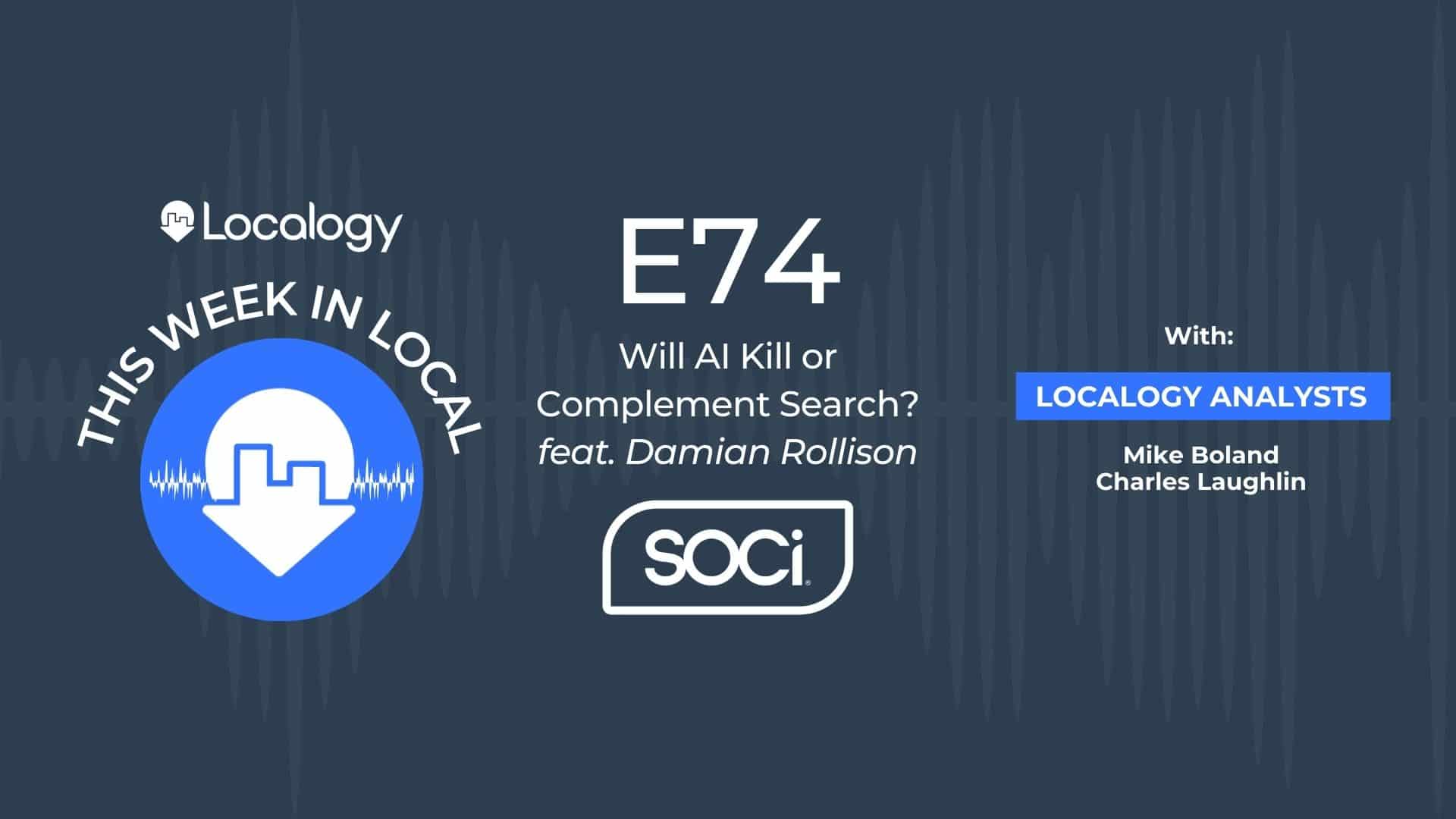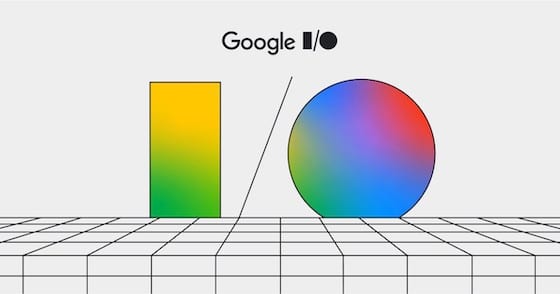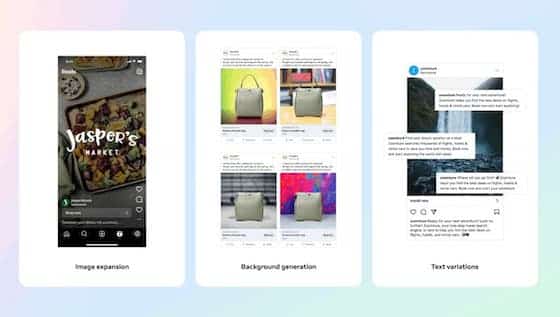The AI race is on. We haven’t seen a technology – and the hype surrounding it – inflect this quickly in a long time. You could argue that the metaverse hype cycle was similar… but the big difference with AI is that it actually exists today. Though there might be some hyperbole, it’s not all vapor.
A cross-section of this activity could be seen in the past few weeks alone. Both Google (Marketing Live) and Microsoft (Build) held major events where AI took center stage. And this follows on the heels of the AI fest that was Google I/O. Yes, there’s enough AI action to subsume two events in as many weeks.
So to document the state of big tech’s AI investment, innovation, and integration, we’re bringing you this two-part series on the biggest takeaways from Google and Microsoft events. After covering Google last week in Part I, we continue here in Part II on AI highlights from Microsoft’s Build conference.
Weaved In
Microsoft has been quicker to the punch when it comes to integrating the latest flavors of AI, such as generative and conversational AI (though Google has been all over AI for years). The most high-profile move was the Bing browser’s integration of ChatGPT, flowing from Microsoft’s investment in OpenAI.
These AI-driven efforts continued at last week’s Build conference, including Bing Chat (based on Chat GPT) expanding from the Bing browser to several other Microsoft products. For now, those will include apps within the Microsoft 365 suite (Word, Excel, PowerPoint, etc.), as well as Windows 11 itself.
For example, Windows 11’s chatbot integration will involve an AI assistant that follows users wherever they go in the operating system. Known as Windows Copilot, it will be a more persistent integration of conversational AI, weaved into the functionality at lower levels of Microsoft’s software stack.
This makes it a more ingrained element in the Windows 11 experience. For example, use cases could include asking about the best program to use to create a company logo (insert Clippy joke). This also deviates from many other Chat GPT use cases in that it’s primarily achieved offline, baked into the OS.
Detect and Label
Another way Microsoft is expanding Bing Chat is through plugins. This will open things up to third parties to build functions that repurpose Bing Chat for specific use cases. OpenTable, Instacart, Klarna, and Zillow have already jumped on board and we’ll see more developers expand Bing Chat’s functionality.
In that sense, plugins could be expansive in quantity and breadth, given all the potential touchpoints with chatbot functionality in the Microsoft ecosystem. For example, as noted above, Bing chat will be pervasive at the OS level, as well as endpoints at the app layer, including the Microsoft 365 suite.
Moving down the list of AI integrations, Microsoft announced AI media detection. As its name implies, this will detect and label media that was AI-generated. This could end up in several places but will first be integrated with the Bing Image Creator which lets users generate AI images from text prompts.
This AI media detection could be a key function for both Microsoft’s AI efforts and in a broader sense. It addresses the generative AI backlash against potentially-nefarious use cases like plagiarism and misinformation. These issues will continue to surface as generative and conversational AI advance.
We’ll pause there and circle back in future installments to document and analyze Big Tech’s AI embrace.




